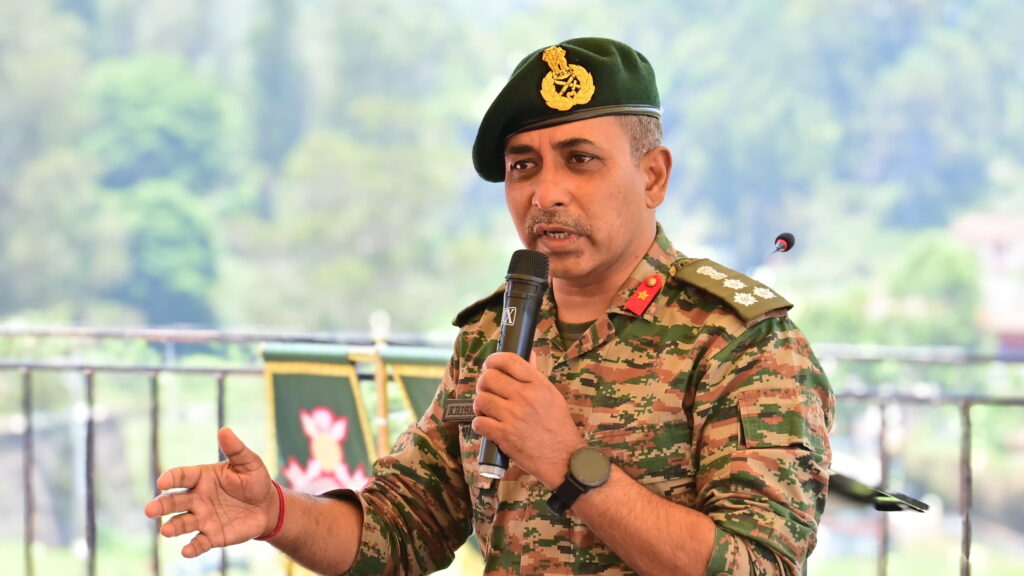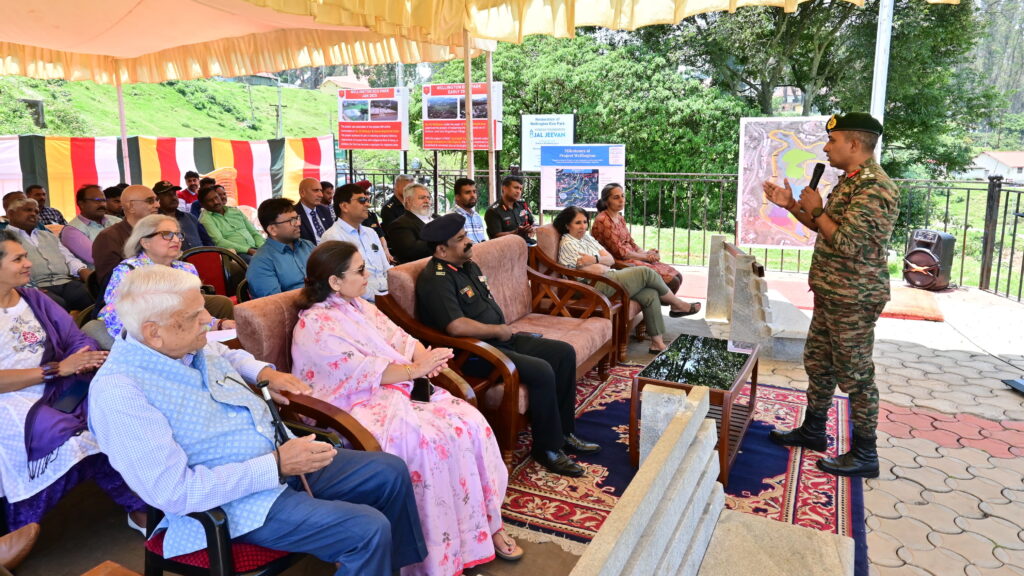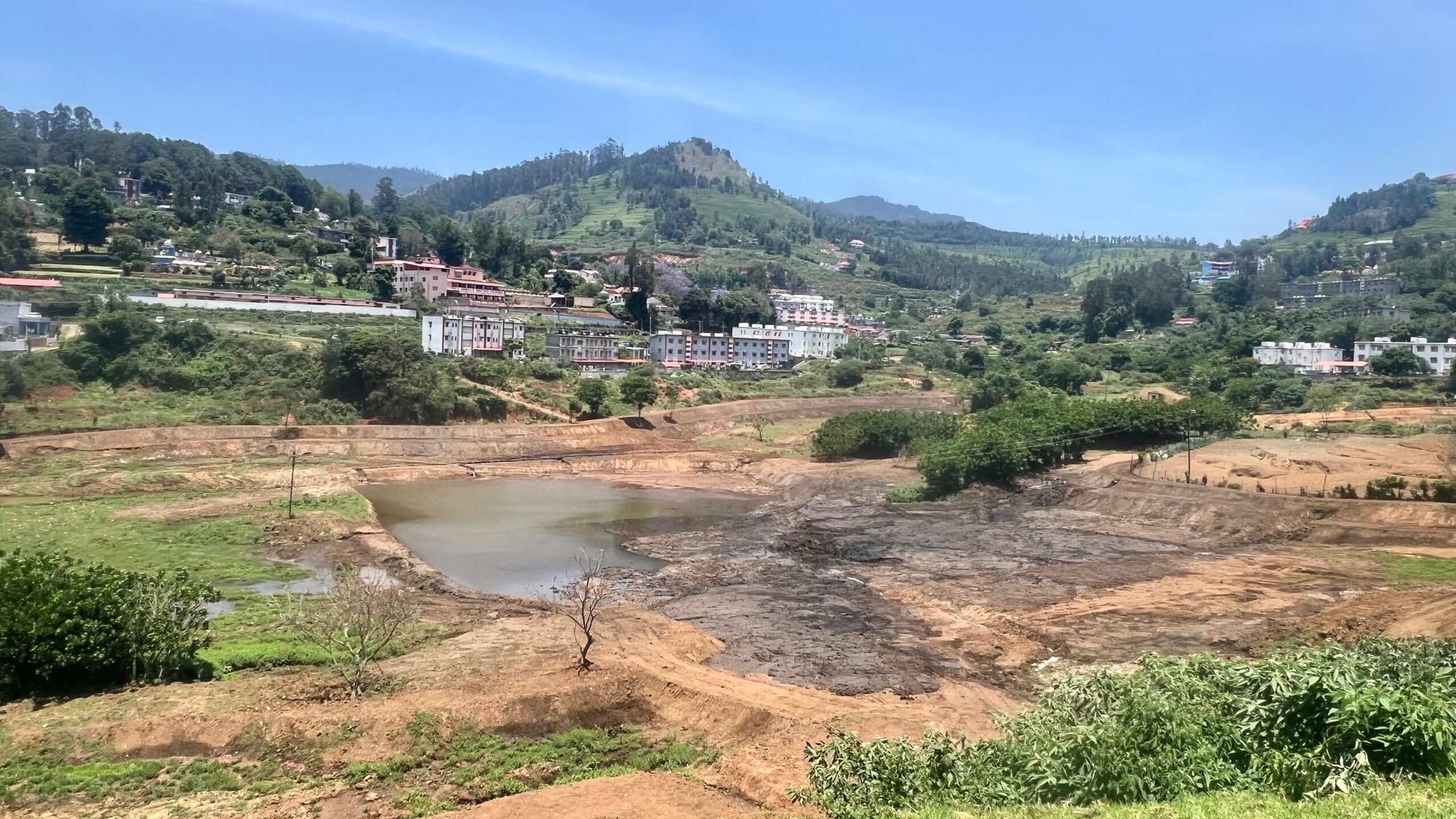

The Wellington Lake named after the illustrious Duke of Waterloo and Assaye fame does not refer to the desultory piece of water near Black Bridge aka Waterloo Bridge aka Manekshaw Bride with which most are familiar, but rather to a waterbody, the history of which is intertwined with that of the Wellington Barracks.
The Wellington Lake refers to what was once a swampy stream which served as a source of potable water to the barracks, and which originated beneath some rocks situated some 300 yards from the said structure to the east and north. In the early years, water was conveyed from this spot though a system of masonry channels to a trough built some 30 feet below the barracks, from whence it was carried by bhistis to to the filters and cook-house. After the military establishment tapped the stream which flows past the present day golf course, this arrangement fell into disuse.
The Wellington Lake – owes its existence – albeit for recreational purposes – to Lt. Colonel Richard Samuel Roberts the former Joint Magistrate of the Cantonment. This enterprising individual who was also instrumental in constructing the Wellington Racecourse and the Wellington Fountain, threw a dam across the stream, to create what presumably the sixth artificial lake of the district and the first for Coonoor.
Years of neglect silted the lake up but it was revived again by Station Headquarters Wellington under Mission Amrit Sarovar in which Clean Coonoor played an active part.
Thanks to the efforts of the Hinduja Foundation the works on the lake were further expanded in two phases. The first recreational and ornamental was Jal Jeevan Phase-I wherein the waterbody was expanded and beautified.
Phase-II which was launched today will be more oriented towards recreation of a lost biome, one which supplies water to the rivers of Peninsular India which are rain fed rather than snow fed, the marshland-grassland complex unique to the Western Ghats.













